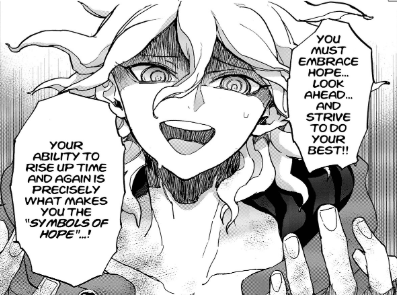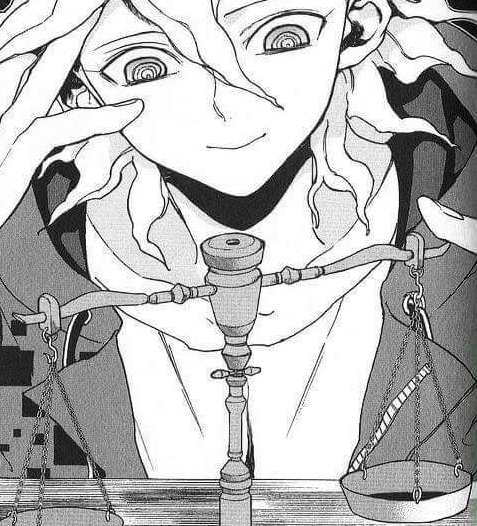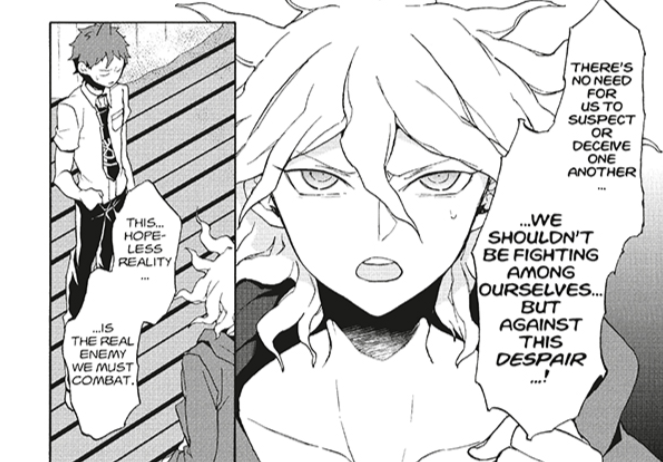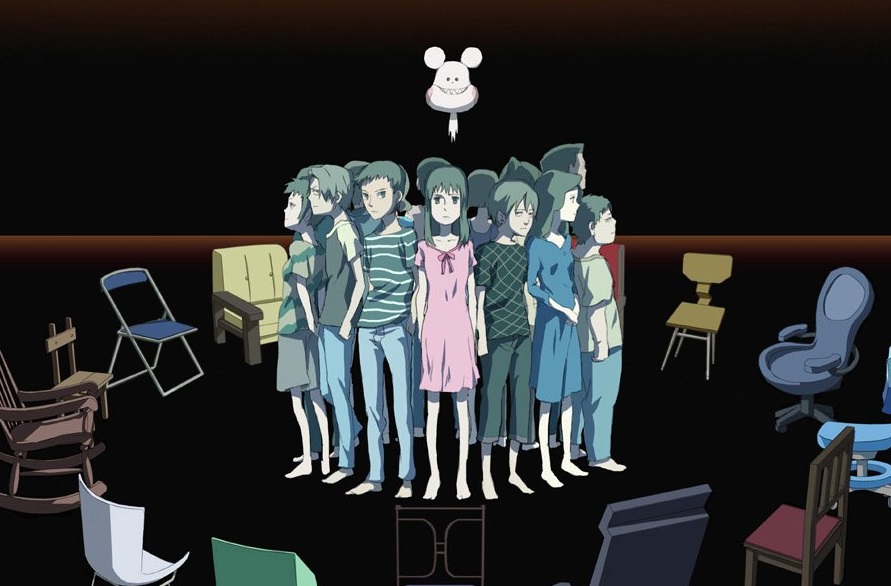A brief spoiler-free review of the 12-episode Fall 2020 anime series “Akudama Drive,” animated by Studio Pierrot, directed by Tomohisa Taguchi, and based on the original story by Kazutaka Kodaka.

Caught in a Cutthroat Game
The future of Kansai looks bright. Or at least, it would, were it not for the murderous “Akudama” roaming the back-alley streets of the dystopian metropolis. Bred in the darkness, these fugitives seek the path of crime, and only the elite Kansai police force can stand a chance at stopping them. Although strong in their own right, anyone could tell you that bringing an Akudama to justice is certainly easier said than done.
On one particular day in this techno town, the Kansai police begin the countdown for the public execution of “Cutthroat,” the infamous Akudama guilty of killing 999 people. When several other skilled Akudama receive a mysterious message to free Cutthroat for an unimaginable sum of money, however, the tides of justice begin to sway. To top it all off, caught in the middle of the madness is an innocent young girl who winds up forced to fight for her own life. Someone out there in the neon landscape wishes to gather these dangerous personas in one place, but to what end does this mastermind desire—and will a mere sum of cash prove enough to bind these talented killers under a singular noble pursuit?
From the mind of Danganronpa comes the equally zany and intense Akudama Drive. It wouldn’t be a lie to call the series one of the most exciting sci-fi action anime in recent memory, especially given the fact that its originality lends itself to an entirely unpredictable plot. I didn’t watch Akudama Drive as a simulcast with everyone else, but I sure as hell wish I had. Every episode is packed with explosive fun, and with a colorful cast of brilliant (if a bit insane) serial killers as the main characters, you couldn’t ask for a more wild ride.

Killers, Criminals, and the Law
Akudama Drive is one of those rare shows that gives its characters role titles instead of traditional names. For instance, Courier, Hacker, and Brawler are nicknamed correspondingly after their talents: Courier delivers, Hacker decodes, and Brawler fights. This definitely gave me Danganronpa vibes, as the characters there are also often referred to by their high school talent. The other Akudama include the unreliable Hoodlam, the devious Doctor (who was voiced by the legendary Megumi Ogata, another Danganronpa similarity), and the aforementioned killer Cutthroat (whose blind obsession with the color red was cute and crazy at the same time). The main two police officers simply go by Master and Apprentice, and even the lead character—the young girl who accidentally gets roped into all this trouble—is just called Ordinary Person.
Still, it’s odd how these plain role names manage to become more memorable and iconic than any given Japanese name would have been. It’s an easy system, and the creative character designs also lend themselves in part to Kazutaka Kodaka’s hand, no doubt. While binging the series, it was fun to talk to others about how incredible and scheming the Doctor is, or how wild and fun Cutthroat is to watch. Likewise, how dimwitted and unbelievable Hoodlam and Courier are, respectively. (There’s no way he’s slingin’ that bike everywhere like ODM gear, but I guess I’m here for it.)

At the end, however, I find myself coming back to the heroine more than any of the other Akudama. Obviously, she goes through the most character growth as she is forced to descend from innocent victim to Kansai’s most wanted. But, whereas the other Akudama remain mostly static, show-stealing characters, Ordinary Person learns to make big choices for herself, transforming into a symbol of the resistance towards police brutality itself. One could even say she swindles a thing or two from the other Akudama to aid in their collective cause . . . Regardless, she’s amazing, and one of my favorite anime heroines in recent times.
Kansai, the Cyberpunk City
The visual element of Akudama Drive is perhaps its greatest calling card. Art style really is everything here. Colorful holograms, floating screen panels, and bright neon lights litter the scene of this neo-futuristic Kansai. Almost as if straight out of the bleak cyberpunk worlds of Blade Runner or Ghost in the Shell, Akudama Drive presents a setting that is anything but forgettable. The characters interact remarkably well within the space, providing more details about the terrifying state of Kansai as the series progresses. As the Akudama follow the beacon of light that is the Shinkansen towards freedom, the party of vagrant criminals encounters an unexpected darkness lurking within the underbelly of the land.

I’ve talked about how much I love the world, but I’ve yet to discuss the animation itself. The best surprise here, perhaps, is that Studio Pierrot doesn’t let Akudama Drive dip for a second. Each fight is stunningly choreographed and bizarrely stylish thanks to the unique character designs. I especially loved the fight between Apprentice and Brawler—the deep blue club lights and the giant neon fish swimming between panels on the wall and the floor made for quite the exciting combat set piece. The whole Cutthroat insanity scene was also spectacular. And the last episode especially, WOW. Absolutely jaw-dropping. Some of the series’ most iconic moments are isolated within the escalating tension, rich symbolism, and desperate irony of the epic climax.
As a whole, the production all comes together beautifully and tightly. Rui Komatsuzaki drew up the original character designs (which he previously did for Kodaka’s Danganronpa anime franchise). Kaoru Aoki provides intricate background art the likes of Maoyu, Fafner, or Kabaneri fans might recognize. Lastly, Maiko Iuchi (of Railgun and Index fame) instills a electric blend of cultural sounds and technopop to give the series a weird yet fitting musical twang. I could’ve gone for a less screamo rock OP theme, but if that’s my only beef with the production, I’ll gladly take it.

At the End of the Road
Although I’m a huge fan of anything Kodaka gets his paws on, I did have a couple problems with the overall plot. Aside from the ridiculous theatrics of Courier’s bike riding, it’s almost impossible to ignore the number of situations in which the heroine shouldn’t have made it out of. Plus, and this point is technically a minor spoiler for the first few episodes, so skip to the end now, but the children involved in the case are, like, immortal—do the Akudama forget that or?? Often, I felt like the Akudama could’ve just shot the officer holding the kids captive without fear of holding back BECAUSE even if they shot a kid, the kid wouldn’t have died. Maybe it was just me, but when you’re messing with immortality, you can and should be able to get away with this kind of recklessness.
Besides my small complaints, Akudama Drive was one of my favorite watches of 2020. To be fair, I hardly watched anything else. But to its credit, I think most people who like the more gruesome battle royale thriller anime will start recommending Akudama Drive as their first go-to. For one, it has an original story, allowing the series to end its run with a satisfying (if short) 12 episodes. Two, the story is written by Danganronpa‘s Kodaka, a genius who’s no stranger to these kinds of survival dramas. (Gotta love the way he transitions scenes as if all the set pieces were giant cardboard panels!) And three, the story is BOMB as frick. Done and done. Go watch Akudama Drive, it’s brilliant, it’s explosive, it’s mad—and it’s probably the bloody sci-fi action survival game you’ve been waiting for.

“I stole goods from the Shinkansen’s vault. I’m the Super S-Rank Akudama who plunged Kansai into chaos. I . . . am Swindler!” – Swindler
Afterword
I have to give it to Kodaka—the guy’s still got it. Obviously, I enjoyed Akudama Drive quite a great deal, and I hope you did as well. Because of its cool style, crazy presentation, and powerful sense of justice, I’m welcoming Akudama Drive with the certified “Cafe Mocha” title, a rating marking it as one of my favorites, and one I cannot recommend enough so long as the anime blood and gore won’t bother you. Cause there’s lots of it, that’s for sure! But what did you think of the series: Did you find it a fun watch or a painfully irritating one? I’d love to hear your thoughts on Akudama Drive down in the comments! Hopefully I’ll be able to churn out another series review for you guys soon. Thanks for reading, and ’til next time!
– Takuto




















